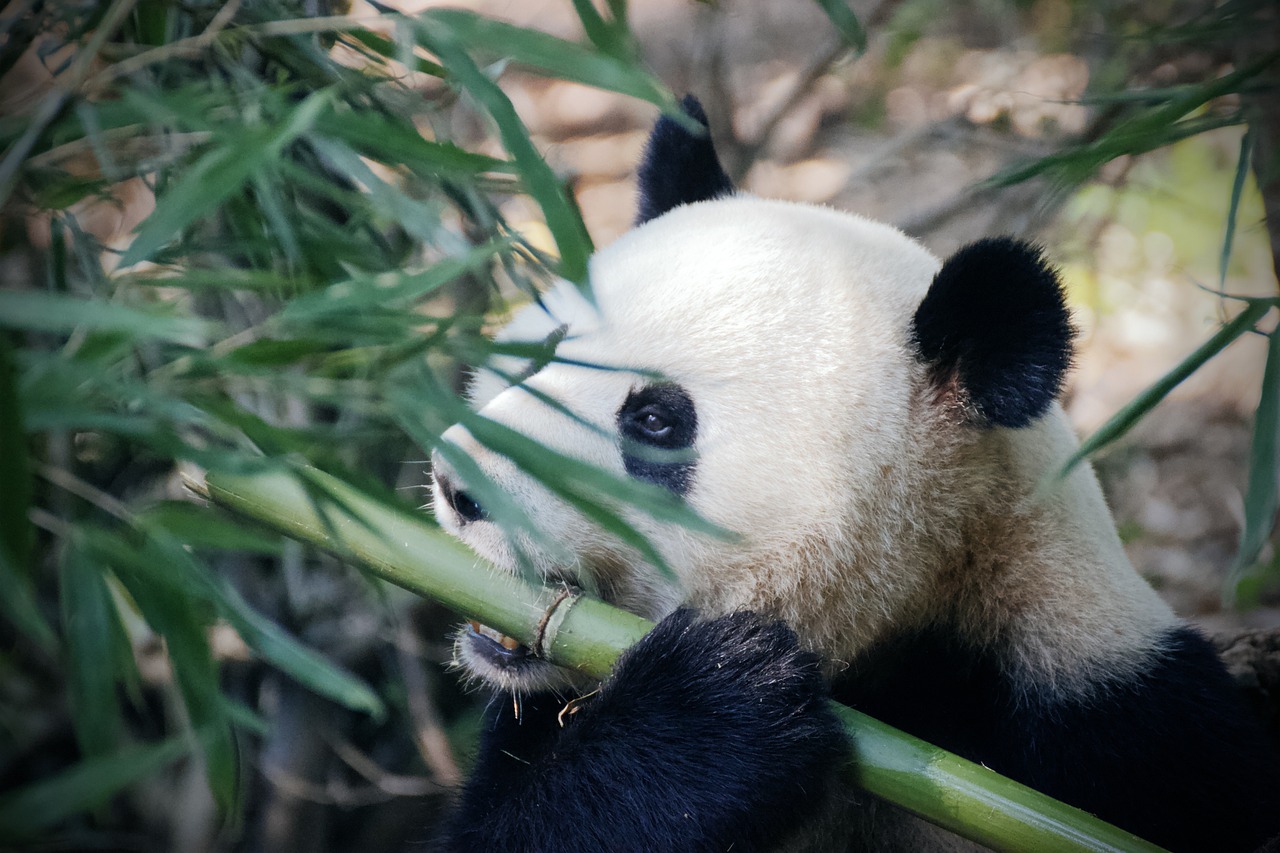In the vast wilderness, seasoned adventurers adhere to a simple yet practical bear survival mantra: “If it’s black, fight back; if it’s brown, lay down; if it’s white, say goodnight.” But then there’s the panda, an enigma wrapped in endearing fluff and an exception to these rules. If it’s black and white, then what? This question not only puzzles many but also entertains an amusing conspiracy theory—that pandas might not be real at all, but rather humans in elaborate costumes.
Pandas are the darlings of the animal world, synonymous with conservation efforts and the global mascot for the World Wildlife Fund. Their clumsy antics and bamboo-chewing habits make them stars in documentaries and animation, like the beloved “Kung Fu Panda.” However, their unusual behavior and comical appearance have also led to an outlandish theory circulating on platforms like TikTok and highlighted in Bravo’s “Southern Charm”: the notion that pandas are not real animals but people dressed in panda suits.
The Panda Conspiracy Theory
This whimsical idea isn’t entirely new but has gained traction in the age of social media and memes. It hinges on the premise that pandas’ behavior is so odd and anthropomorphic that they must be humans in disguise. Reality TV stars and internet personalities fuel this theory with comments suggesting a lack of “real” evidence for pandas. The theory imagines a grand, humorous ruse requiring thousands of actors and intricate suits designed to simulate panda behavior and bamboo consumption.
Despite its charm and humor, the panda suit conspiracy theory falls apart under scrutiny. Pandas are well-documented through scientific research, extensive video footage, and a fossil record stretching back millions of years. Conservation efforts worldwide have helped increase their population, providing ample evidence of their existence and unique biology. Their clumsy yet captivating behavior is a product of their specialized diet and evolutionary history, not an elaborate hoax.
The Broader Implications of the Panda Conspiracy
This playful conspiracy theory highlights a broader cultural phenomenon: the rapid spread of humorous or absurd ideas in the digital age. It underscores the importance of critical thinking and skepticism in an era where misinformation can easily proliferate. While the panda theory is mostly harmless and good-natured, it serves as a reminder of how easily public perception can be influenced by charismatic personalities and viral content.

Beyond the laughs, this theory invites us to appreciate the real marvel of pandas. These creatures are not only adorable but also vital symbols of conservation and biodiversity. Encountering a panda, whether in a zoo or in the wild, is a unique experience that should be cherished and respected.
The Takeaway: Enjoy the Pandemonium
Pandas are as real as the joy they bring to our lives. The conspiracy theory, while entertaining, pales in comparison to the genuine wonder of these creatures. So, next time you see a panda, remember the true advice: If it’s black and white, enjoy the moment and take a photo from a safe distance. Embrace the humor and delight that pandas naturally provide, without the need for conspiracy theories.
We contemplate the fanciful idea of pandas in suits, maintaining our sense of humor and curiosity. And for those still questioning the existence of birds—that’s a topic for another day. Until then, let’s celebrate the charm and authenticity of pandas, and perhaps, take life a little less seriously, savoring the laughter and joy that come with it.
Related posts:
From TikTok to Southern Charm, Inside the Conspiracy Theory That Pandas Aren’t Real
‘Pandas Aren’t Real’ Is the Latest Conspiracy Theory Taking Off on TikTok





